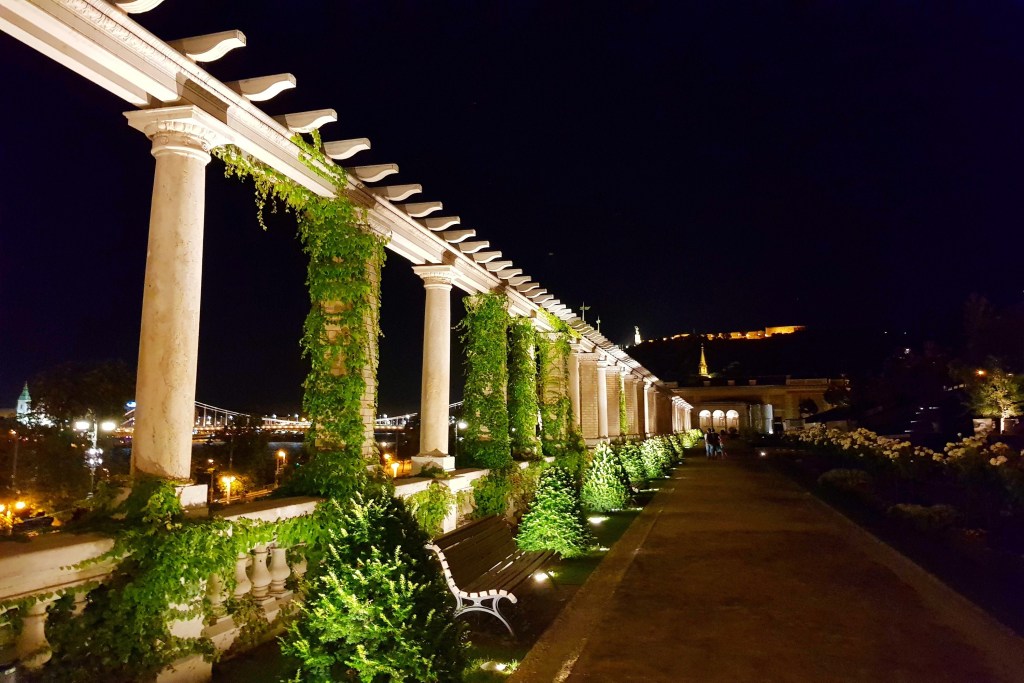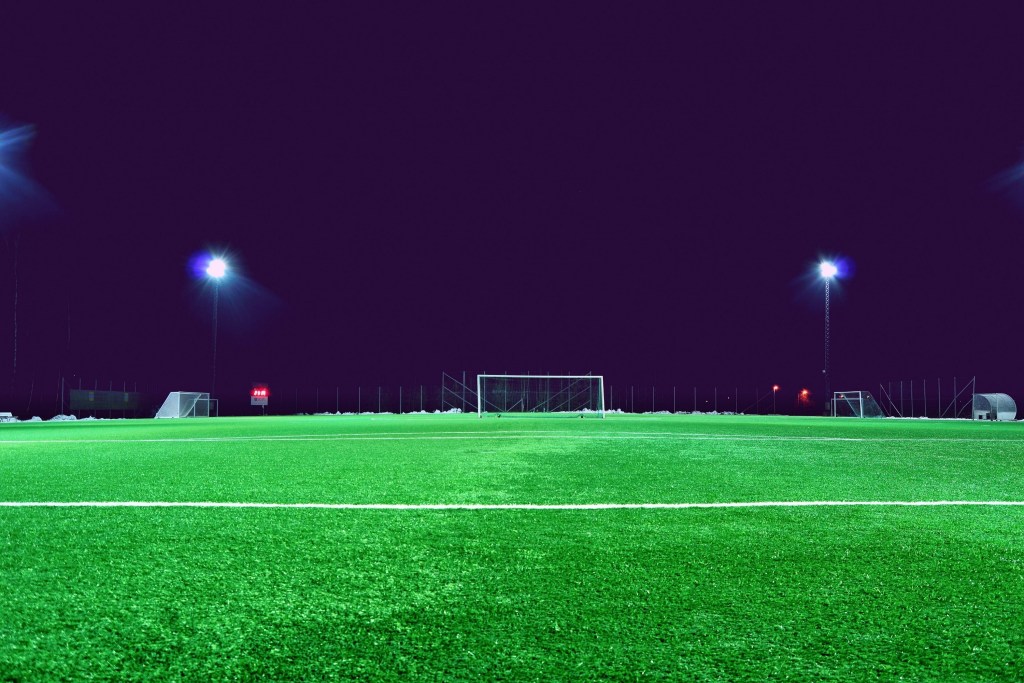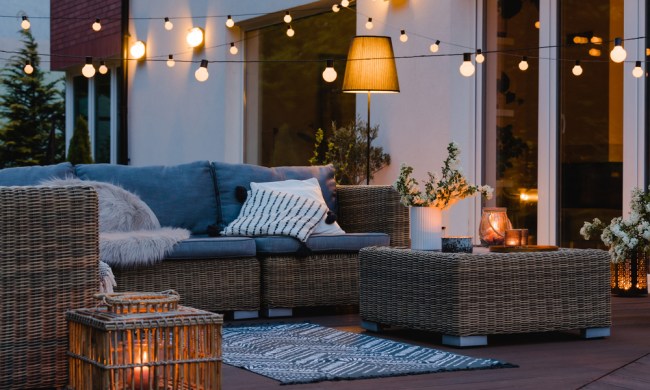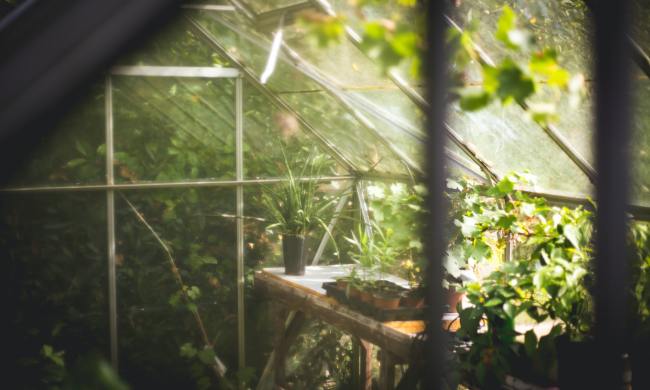If you’re someone who thinks about safety and who wants your home lit up in the dark, you’ve probably considered investing in floodlights for the outside of your home. Not only do floodlights accentuate a building’s architectural design, but they can also help deter criminal activity and keep you safe while walking to your car or going in your yard at night.
However, as great as floodlights are, the market is saturated, and it can be difficult to whittle down which type of floodlight is right for you, especially since there’s so much to consider when purchasing. That’s where we come in.
Here are some other things you should consider before purchasing floodlights:
- Brightness (should be between 700 and 1300 lumens)
- Location (where you want the lights to be)
- Installation (easy or difficult)
- What’s the upkeep?
- Overall cost
Keep reading as we discuss our five favorite outdoor floodlights for your yard.

1. Lithonia Lighting 2-Lamp Outdoor White Flood Light
One of the best things about the Lithonia Lighting 2-Lamp Flood Light is that it’s pretty affordable. Its illumination is quite focused and comes from two separate bulbs. It’s perfect for porches, patios, and walkways. The heads are adjustable, and you can move them side to side as well as up and down.
Plus, it has one of those outdoor floodlight fixtures that’s simple and straightforward when it comes to installation. You can mount it on exterior walls, an eave, or a junction box. No problem. Plus, once it’s all wired and connected to a light switch, turning it on and off is as easy as with other lights on your property. Finally, the Lithonia Lighting 2-Lamp Flood Light is weather resistant.
2. Ring HD Motion-Activated Floodlight
While floodlights all by themselves may be a deterrent to certain criminal elements, you can level up your security game considerably. For example, you can purchase a floodlight with a built-in camera like the Ring HD Motion-Activated Floodlight. Whether used as one of your front or backyard floodlights, this option from Ring allows you to hear, see, and speak to people on your property through your tablet or smartphone.
Plus, even if the floodlight goes out, the camera has an infrared night vision option. Of course, that won’t happen with proper maintenance of the floodlight bulbs, which provide intense illumination. Finally, in addition to the light’s bright bulbs and security camera, it also comes with a siren! Talk about an all-in-one security floodlight!
3. Amico 3500LM LED Security Light
Set in a die-cast base made of aluminum, the Amico 3500LM LED Security Light lasts up to 50,000 hours. A year consists of 8,760 hours, which means the Amico security floodlight will potentially last for almost six years if you use it non-stop! Consider that you’ll only use the light at night, and the lifespan in your home jumps to just about 12 years. A product that lasts for 12 years after your purchase isn’t too shabby!
In addition to the fact that it’s incredibly long-lasting, the Amico 3500LM also saves you money on electricity since it is super energy efficient. Easy to install, you can mount it similarly to the Lithonia Lighting 2-Lamp Flood Light mentioned above. It, too, can be adjusted vertically and horizontally. It’s waterproof instead of just a water-resistant device, and its manufacturer guarantees it for five years.
4. Sylvania 250W Night Chaser LED Flood
Now, we talked about how the Amico 3500LM LED Security Light is super long-lasting, right? OK, well, the Sylvania 250W Night Chaser LED Flood is by far the champion when it comes to stamina. Lasting for well over 20 years, this floodlight provides 2,650 lumens of light during countless hours of use. Its light is perfect for your yard, deck, or patio.

5. Olafus LED Flood Light Outdoor
The last light on our list is more on the commercial side of things, although it can also work for larger home properties. Astoundingly bright at 11,000 lumens, the Olafus LED Flood Light Outdoor provides light for wide-open spaces. Like a few other lights on this list, it can last for around 12 to 13 years.
It’s also waterproof and its casing is heavy-duty black SPCC steel. It doesn’t need much maintenance and its mounting bracket is adjustable.
Light up the night
Whether you’re using outdoor floodlights for security or just want plenty of light for those nights when you’re entertaining guests, hosting a barbecue, or taking a nighttime swim in your pool, the lights we’ve listed above can keep your outdoor activities going long past the sun’s bedtime.
No matter what you plan to use them for, each of the lights we’ve discussed is easy to install, and they are the best outdoor floodlights to choose from. They also provide you with diverse, long-lasting, and economical lighting choices.


